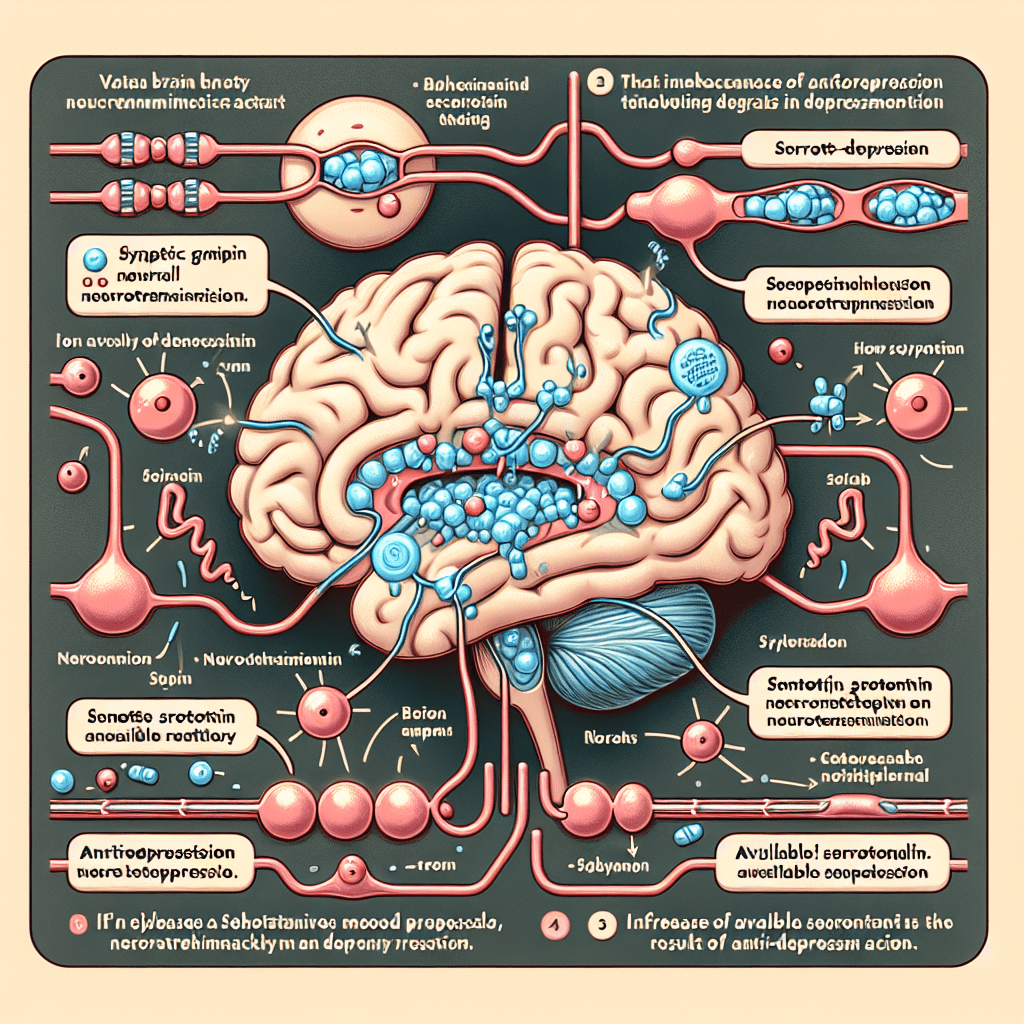—
Introduction
Imagine a world where the complexity of the human mind could be unraveled, where the whispers of brain chemistry reveal pathways out of the shadows of depression. For millions suffering from treatment-resistant depression (TRD), hope can feel elusive. Traditional treatments often fall short, leaving individuals trapped in a cycle of despair. But what if we told you that a preliminary study of resting brain metabolism in TRD patients before and after treatment offers insights into breaking free from this cycle?
This groundbreaking research is venturing into the very essence of our mental functioning, exploring how a combination of olanzapine and fluoxetine could alter brain metabolism and provide relief. It challenges the conventions of psychiatric treatment by focusing not just on symptoms, but on the core biological processes underpinning the disorder. This exploration aims to bridge the gap between scientific discovery and real-world impact, infusing new optimism into the lives of those long-considered untreatable by standard therapies. Let’s delve into the study and explore how this journey could reshape our understanding of mental health management.
Unlocking the Puzzle: Key Findings on Brain Metabolism
In the quest to understand TRD, researchers pinpointed how brain metabolism changes in response to treatment with the olanzapine-fluoxetine combination. Consider the brain as a bustling metropolis of neural activity, with certain regions experiencing a rush hour of metabolic activity during depression. The study focused on key areas: the amygdala, responsible for emotion regulation, and the subgenual cingulate cortex (sgACC), linked with mood processing.
Remarkably, after treatment, those who responded positively to the medication showed decreased metabolic activity in the right amygdala. Picture this as the city calming down, roads clearer, signaling a reduction in emotional turmoil. Meanwhile, contrary to expectations, no significant changes were noted in the sgACC, suggesting that the pathways of response might be more intricate than previously thought.
The findings also suggested that individuals with higher baseline metabolism in the sgACC might fare better with the treatment, providing a potential predictive marker for therapeutic success. This shines a light on how personalized approaches could revolutionize treatment strategies. Notably, the reduction in the ventromedial prefrontal cortex (VMPFC) metabolism didn’t align directly with depression scores, hinting at complex interactions between therapy and brain chemistry beyond surface-level symptoms.
The Brain’s Secret Language: A Critical Discussion
This study serves as a pivotal piece in the jigsaw of understanding TRD. By comparing these findings with historical paradigms, we gain deeper insights. Traditionally, depression research emphasized neurotransmitter imbalances, focusing heavily on serotonin’s role. This study, however, transcends chemical changes, honing in on metabolic activity—a perspective rarely highlighted in mainstream discourses yet critically vital.
Delving into past research, previous studies have touched upon the amygdala’s hyperactivity in depression, often linked to excessive negative emotional processing. What stands out in this research is elucidating how targeted treatment can curb this hypermetabolic state, hinting at reduced anxiety and emotional distress in responders. Conversely, the lack of substantial changes in sgACC activity introduces a valuable dialogue about brain heterogeneity, emphasizing the necessity for individualized treatment plans in TRD management.
In a real-world analogy, think of the brain as a symphony, with each region contributing to the overall harmony. When one section—like the amygdala—overpowers, the melody becomes distorted. This study suggests that proper treatment can recalibrate the orchestra, allowing the mind to achieve a semblance of normalcy. It champions the importance of initial metabolic profiling for segmented approaches, departing from the one-size-fits-all model.
From Lab to Life: Real-World Applications
Translating these findings into everyday scenarios offers promising pathways for TRD management. First, consider the potential for improved diagnostic tools based on metabolic patterns. By utilizing brain imaging to assess metabolic activity, healthcare providers could predict which patients are more likely to benefit from specific treatments, thus tailoring interventions more effectively.
In the realm of psychotherapy, understanding these brain dynamics could pave the way for integrative strategies, combining medication with techniques like cognitive behavioral therapy (CBT) targeting emotion regulation. Imagine therapy sessions aligned with biological insights, offering clients a comprehensive roadmap to mental wellness.
Beyond individual care, these insights could influence broader health policies. By recognizing the variation in baseline metabolism among TRD patients, mental health services could implement screening protocols, ensuring resources are directed more efficiently and equitably. This could significantly enhance treatment outcomes and resource allocation, ultimately reducing the societal burden of mental illness.
The Final Note: Conclusion
At its core, this research underscores the complexity and potential of modern psychiatric treatment. By delving into the nuances of brain metabolism, it offers not just a glimpse into potential TRD solutions but also a vivid illustration of how science can transform lives. It leaves us pondering—what other secrets does the brain hold, and how might they illuminate our understanding of mental health?
As we look forward, the promise of personalized treatment grounded in metabolic insights gives hope to those navigating the stormy seas of depression. Perhaps, by listening more intently to the brain’s secret language, we can chart a course towards enduring recovery.
Data in this article is provided by PLOS.
Related Articles
- When Storms Hit: How Prenatal Stress Can Shield Future Generations
- Understanding Parents: A New Scale for Navigating Teenage Storms
- Navigating the Impact of Air Pollution on Developing Minds
- Breathing Through the Mind: The Psychological Impact of Primary Ciliary Dyskinesia on Adolescents**
- Bridging the Gap: Understanding and Addressing Unmet Care Needs in Children with ADHD
